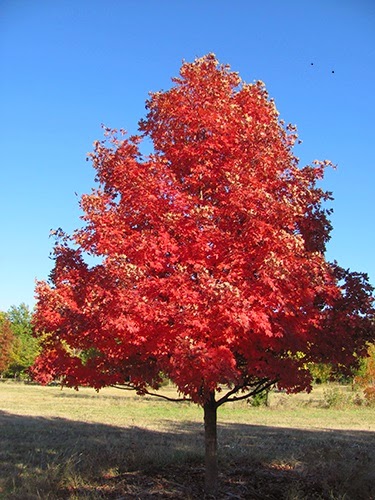Insects in Crops
Sandra Wick - Crop Production Agent
 So the White sugarcane aphid feeds all the way up to grain fill, of sorghum plants, and can interfere with harvest as their sticky honeydew that is produced can literally gum up your combine. One good thing is that it WILL NOT overwinter in KS.
So the White sugarcane aphid feeds all the way up to grain fill, of sorghum plants, and can interfere with harvest as their sticky honeydew that is produced can literally gum up your combine. One good thing is that it WILL NOT overwinter in KS.
However the good news is……Some of the beneficial insects or the natural enemies of sugarcane aphids including the lady beetles and some parasitic wasps have been active and have helped control some of the aphids.
The economic threshold of the sugarcane aphid is if your field would have approximately 30% infestation with active feeding aphids which might warrant spraying.
Another very active insect of sorghum this year is the headworms or also known as the corn earworm and the soybean podworm, which feed directly on the grain in the head from the blooming to the soft dough stage. So the best way to scout for these worms, is to simply shake the heads into a white bucket from several parts of the field to see if anything is found. The economic threshold for the headworm, is figured slightly different as it is approximately 5%/worm/head potential loss. Mature size is approximately 1 ½ inches.
Now let’s move to soybeans. The green cloverworm has been very active for last couple of weeks and has done extensive foliar feeding on the top 1/3 of the canopy with some feeding moving down the plant. Green cloverworm larvae are light green with three pairs of stripes running the length of the body with three pairs of ‘true’ legs behind the head separated by three legless segments. Producers have been scouting with several spraying for the cloverworm. Generally the feeding from the cloverworm is limited to the foliage, but can feed on the pod. The mature cloverworm will reach about 1 to 1 ¼ inches. A fungal disease is really attacking the cloverworms at this time and cutting the populations. Another insect on the soybeans is the soybean podworm, also known as the corn earworm and the sorghum headworm. The podworm damage to soybeans occurs from August through September. Significant damage may occur when large larvae feed on pods consuming the developing seeds. Producers have also been scouting for the podworm. Control measures should be implemented when an average of one small worm per foot of row is detected.
Another insect on the soybeans is the soybean podworm, also known as the corn earworm and the sorghum headworm. The podworm damage to soybeans occurs from August through September. Significant damage may occur when large larvae feed on pods consuming the developing seeds. Producers have also been scouting for the podworm. Control measures should be implemented when an average of one small worm per foot of row is detected.So, the bottom line is…… Scouting is the best way to detect any insect infestations in your field.
Contact me if you have further questions on insect management or would like any insect identified in your fields at any Post Rock Extension District office in Beloit, Lincoln, Mankato, Osborne or Smith Center.









